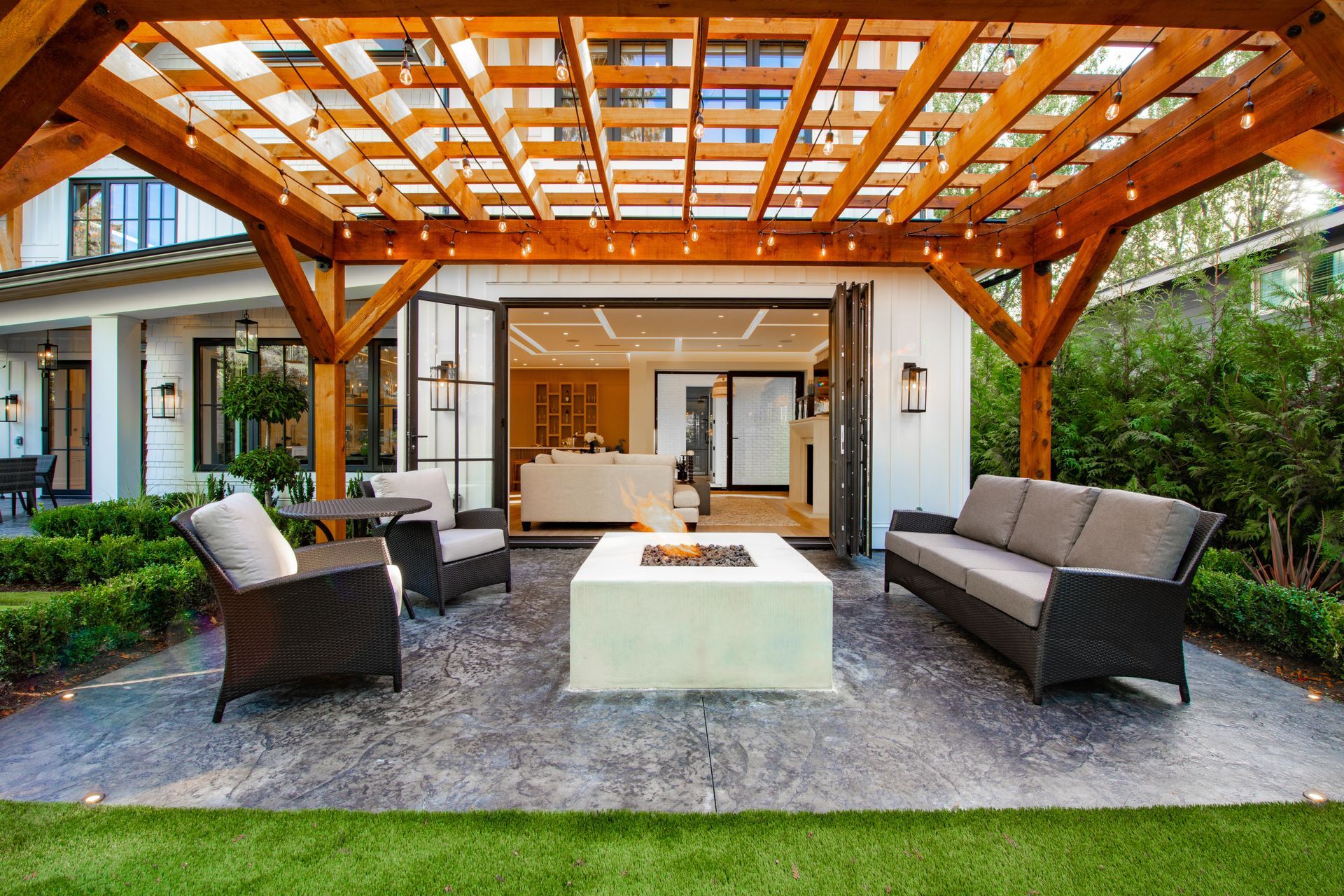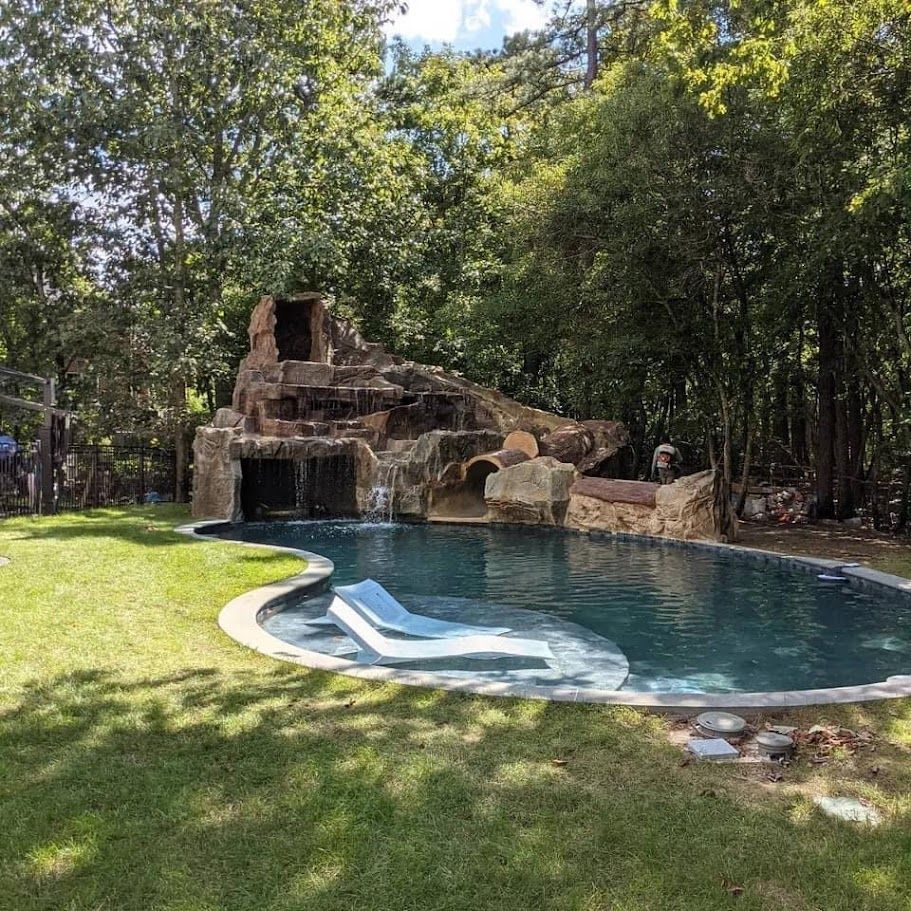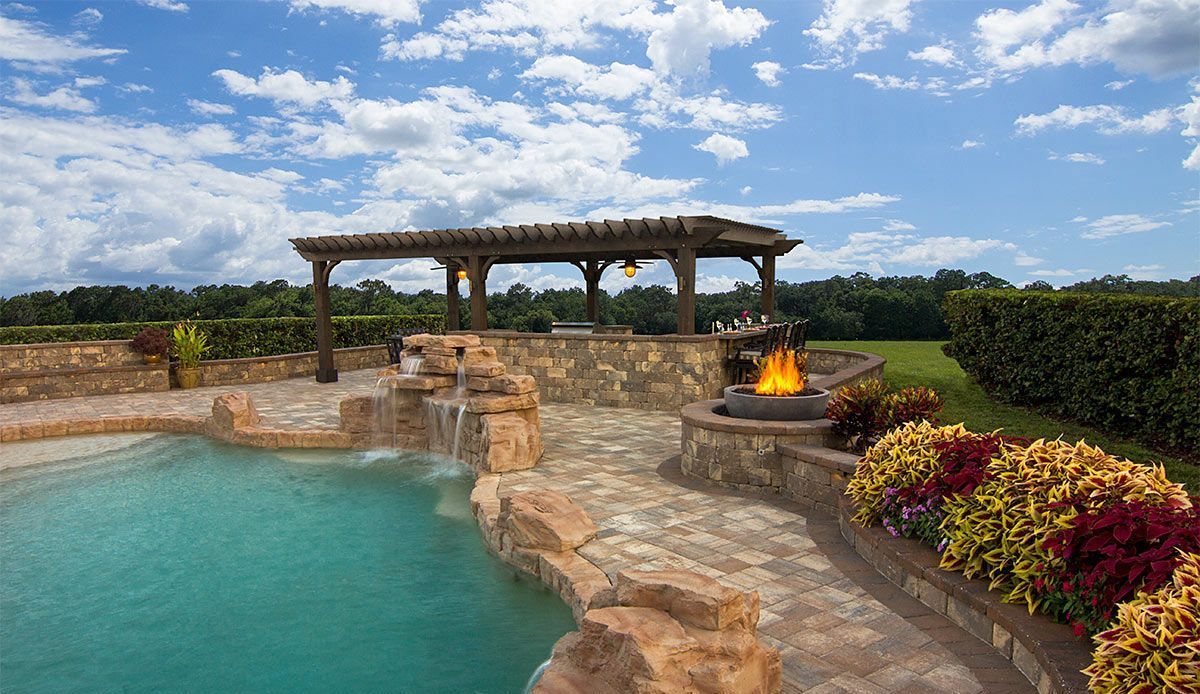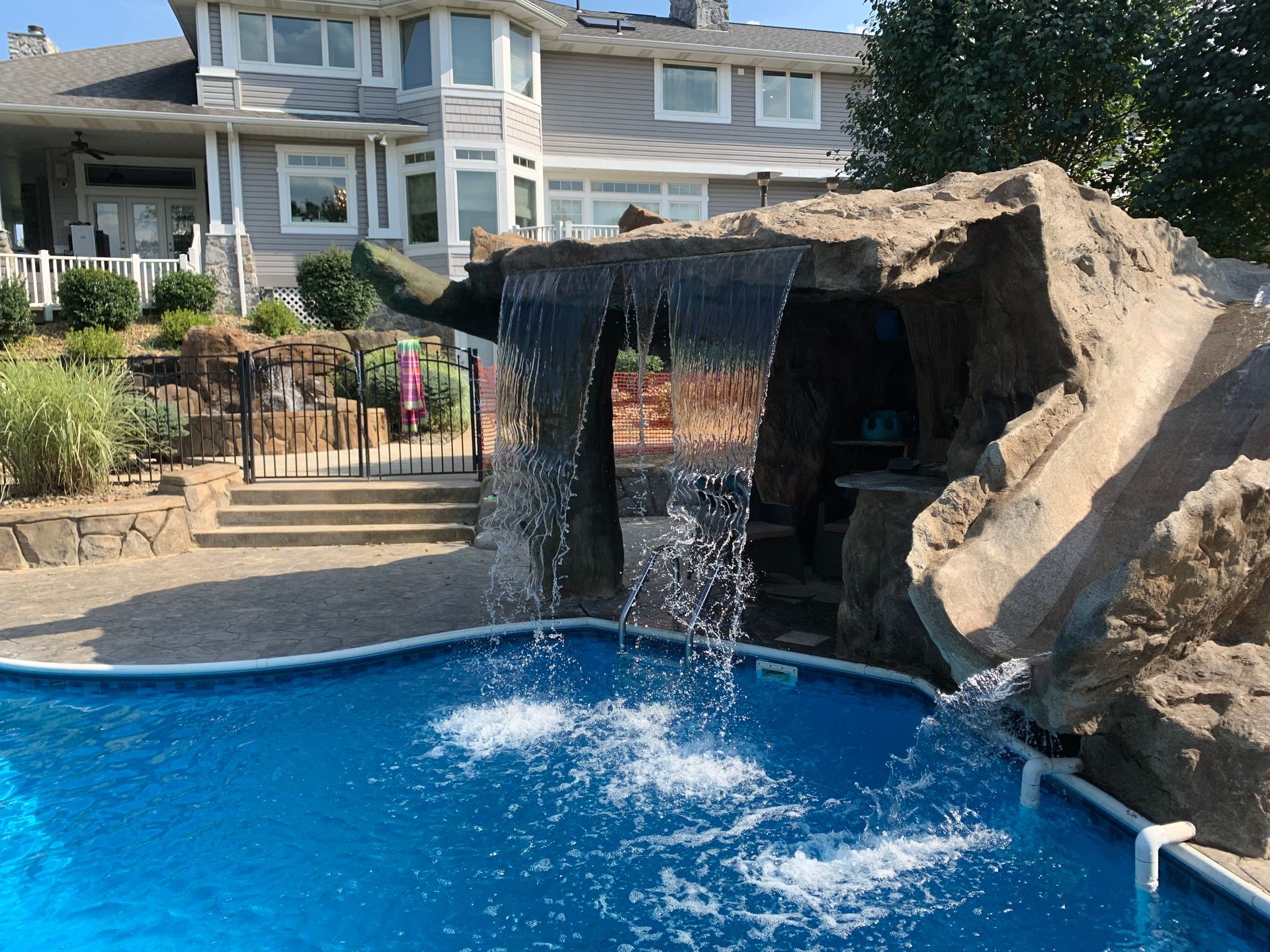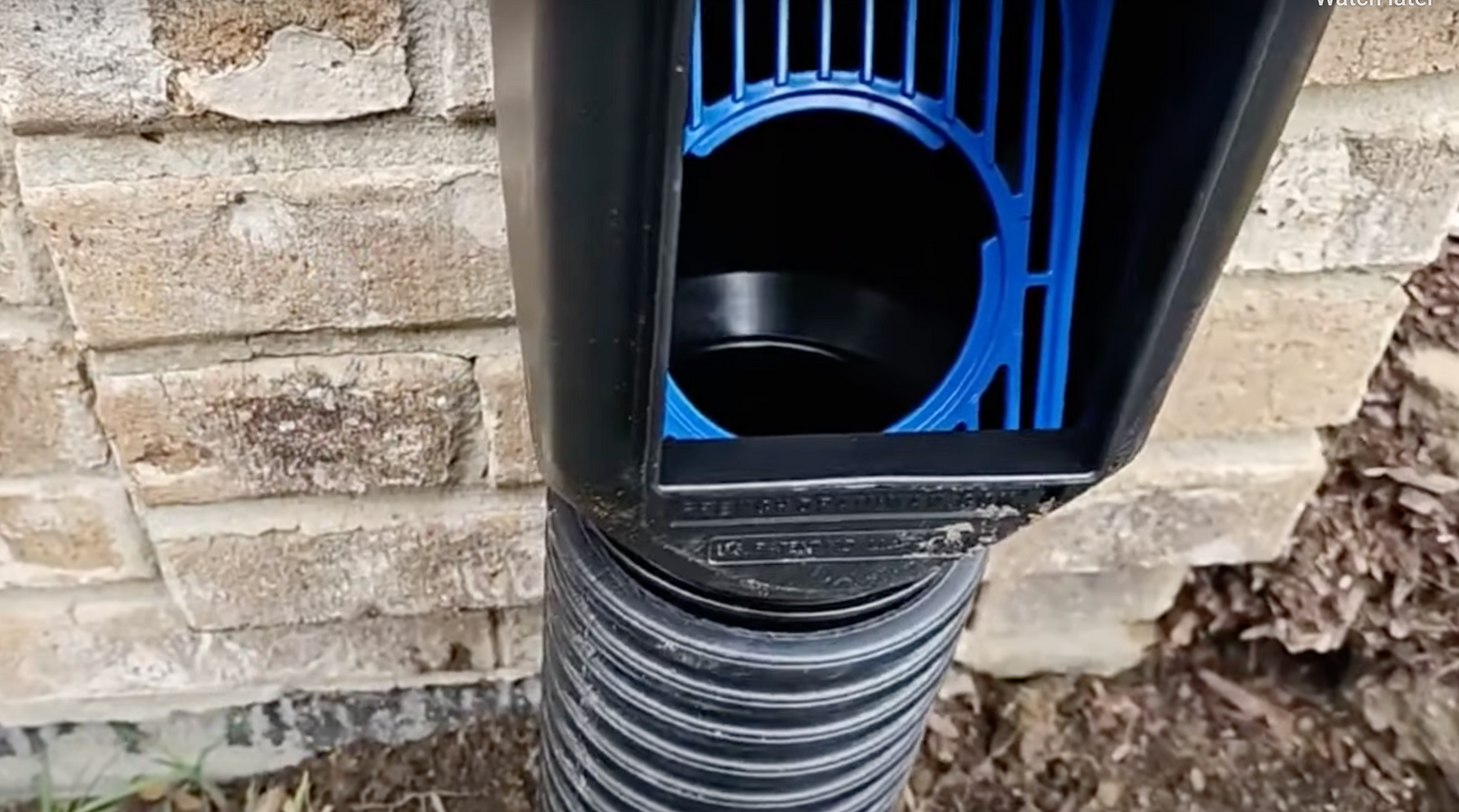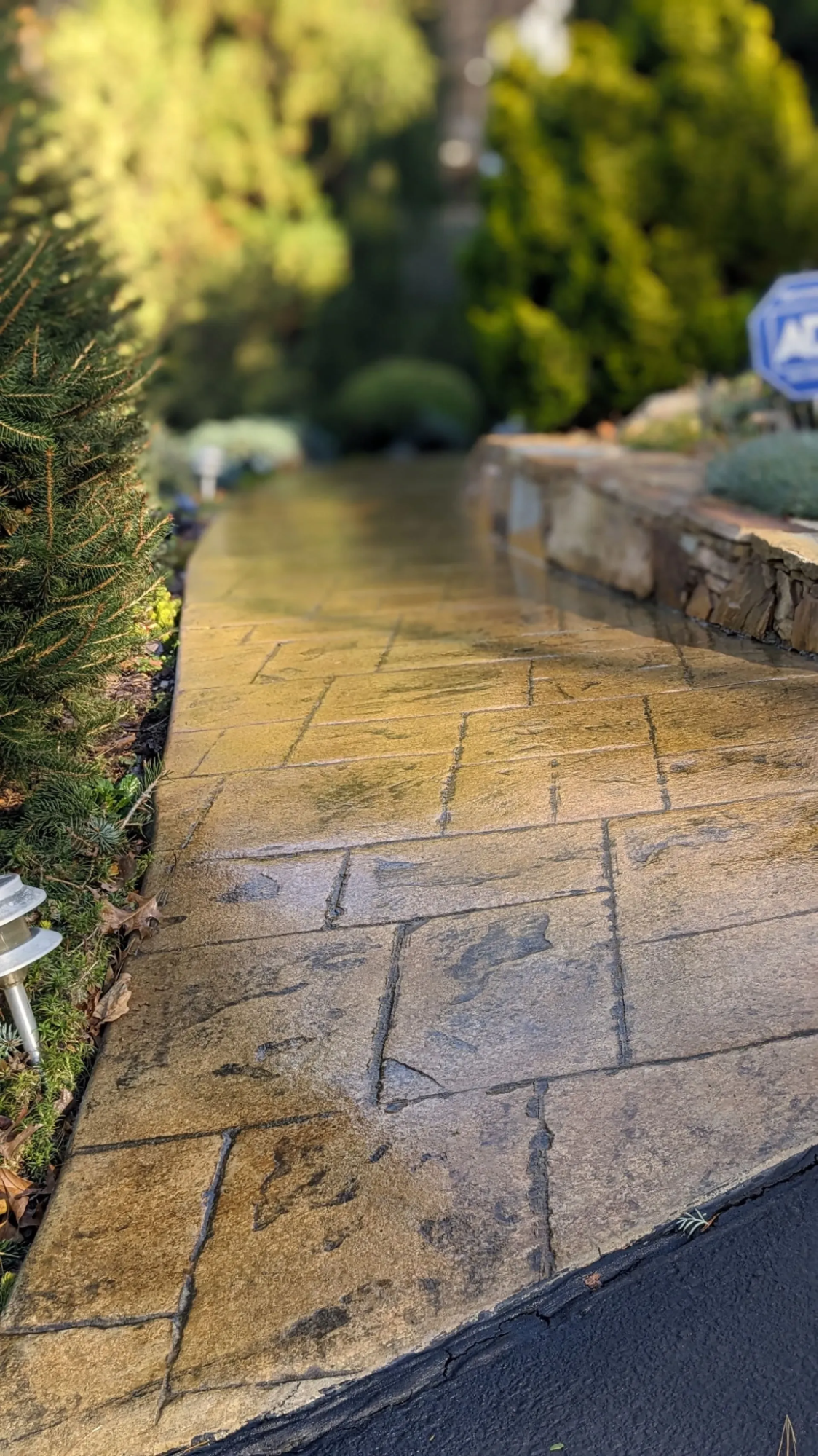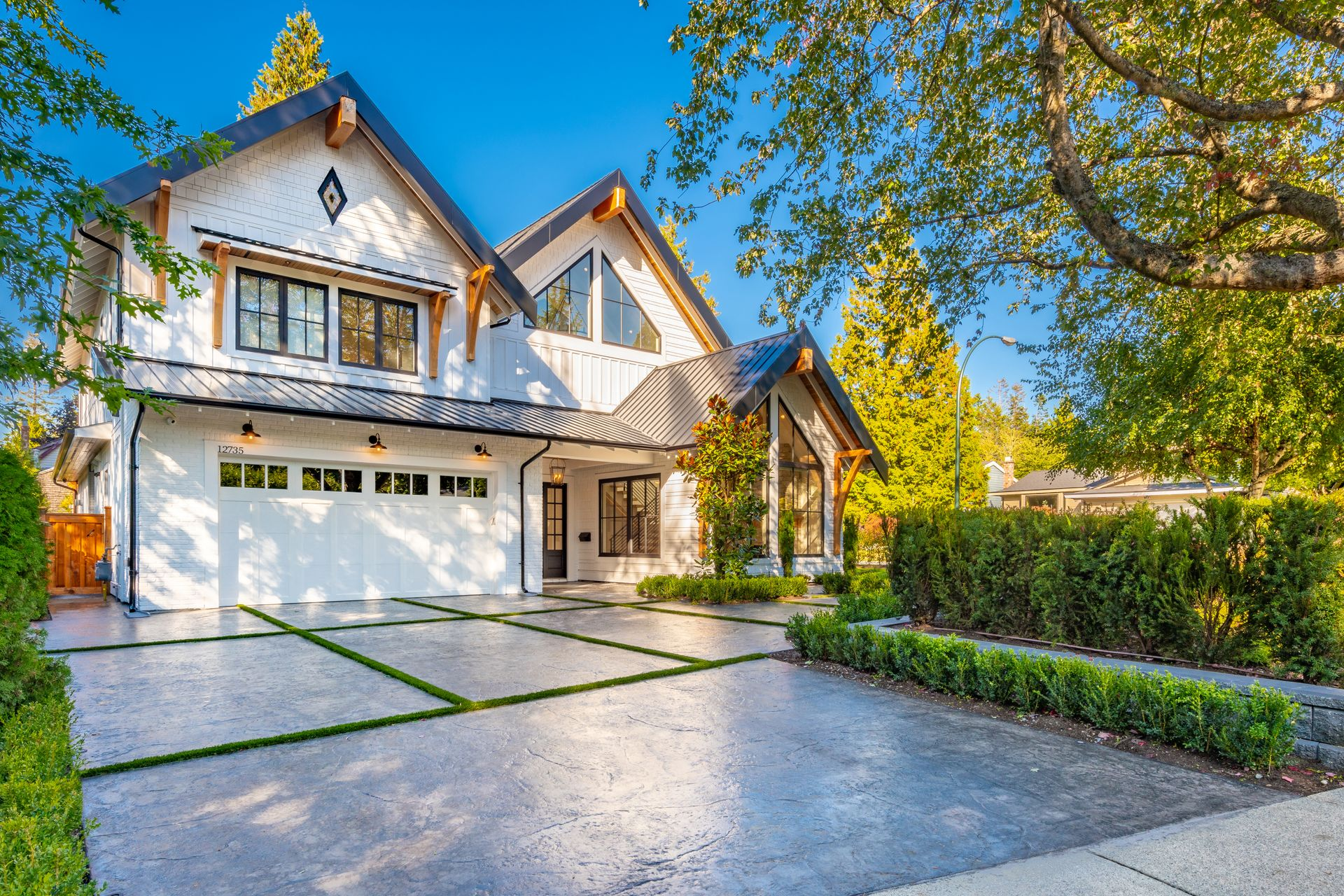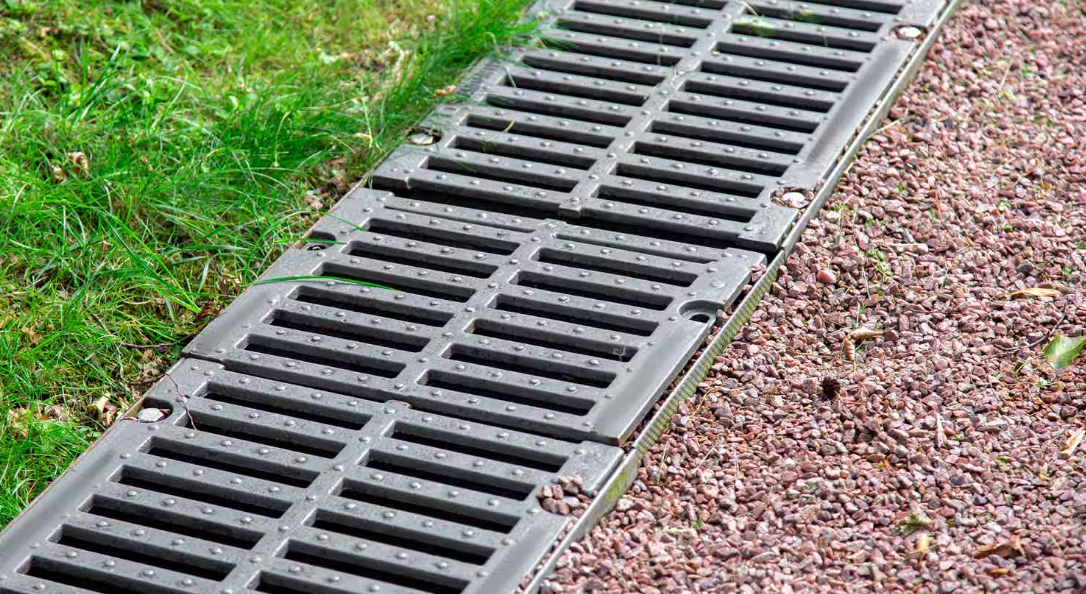Reliable Gutter Downspout Systems for Clean Water Flow
Overflowing gutters. Water pooling around your foundation. Landscaping washed out after every rain. If you've dealt with any of that, you're not alone.
Over 85% of water damage to homes starts with poor drainage—and many times, it’s the gutter downspout system that's not doing its job. Even if your gutters are clean, clogged or poorly placed downspouts can send water straight where it shouldn’t go: into your crawl space, around your footings, or across your walkway like a mini river.
It’s frustrating. You try to solve one problem and end up creating two more. This article is here to help homeowners, builders, and property managers who want lasting, reliable gutter downspout systems that actually protect their property. We’ll walk through what works, what doesn’t, and how to fix it for good.
What Gutter Downspouts Actually Do—and Why It Matters
Downspouts direct the rainwater your gutters collect and move it away from your home.
Simple idea. But the design, placement, and materials make all the difference. A poorly placed or undersized downspout can undo all the good your gutters are doing.
Here’s why downspouts matter:
- They
prevent foundation damage by moving water away from your house.
- They reduce the chance of
basement or crawl space flooding.
- They protect your
siding, fascia, and landscaping from erosion and rot.
- They help keep walkways, patios, and driveways from pooling water or ice.
If your downspouts are cracked, disconnected, or emptying too close to your house, that water finds its way where it shouldn’t—fast.
Signs Your Gutter Downspout System Needs Help
Some problems are easy to spot, others aren’t until it’s too late.
Keep an eye out for these red flags:
- Water stains or mildew along the foundation
- Splash marks or dirt streaks where water overflows
- Pooling water near your home after it rains
- Eroded landscaping under your downspouts
- Gutters that overflow even when they’re not clogged
These are all signs your gutter downspout system needs attention—either it’s not handling enough water, it’s poorly positioned, or it’s not connected to a proper drainage solution.
What Makes a Gutter Downspout System Reliable?
Let’s break it down. A reliable system checks all the boxes:
1. Proper Sizing
Too-small downspouts can’t keep up during heavy rain. For every 600 to 800 square feet of roof area, you need at least one 2x3-inch downspout. Bigger homes with steep pitches may need 3x4-inch downspouts or even larger custom sizes.
2. Strong Connections
Downspouts need tight, sealed joints that don’t leak or pop loose. That includes elbows, extensions, and transitions into underground pipes.
3. Correct Placement
Downspouts should never just dump water right next to your foundation. They should send water at least 4 to 6 feet away, or better—connect into French drains or underground pipes.
4. Flow Direction
They must point water away from the structure, not toward it. Sloped terrain? Add splash blocks or pop-up emitters to control flow without eroding the yard.
5. Quality Materials
Aluminum is lightweight and rust-resistant. Copper lasts even longer but costs more. Vinyl cracks easily and doesn't hold up well over time. Stick with something that fits your budget and local weather conditions.
Add-On Features That Actually Help
If you want to level up your system, here are a few smart add-ons:
- Downspout Extensions: Flexible or rigid, these help you move water far away without trenching.
- Rain Barrels: Collect water for your garden and cut your utility bills.
- Pop-up Emitters: These sit flush with the ground and release water when there’s pressure—great for lawns.
- Buried Drainage Pipes: For serious stormwater management, connect your downspouts to underground pipes that drain away safely.
None of these work without a strong base setup, though. If the downspouts aren’t properly installed to begin with, these extras won’t solve the problem.
Why DIY Fixes Don’t Always Cut It
A trip to the hardware store and a couple of zip screws might feel like a solution. But many DIY fixes don’t solve the root cause—they just delay it.
- Splash blocks get knocked out of place.
- Extensions get crushed by lawnmowers.
- Underground drains clog without proper filters or cleanouts.
- Makeshift angles send water toward your house instead of away.
When it comes to drainage, trial and error gets expensive fast. It’s not just about slapping on more pipe—it’s about creating a system that works every time it rains.
When It’s Time to Call in a Pro
If water keeps showing up where it doesn’t belong, or you’ve tried every trick in the book and it’s still a mess, it’s time for backup.
Professionals will:
- Analyze your roof size, pitch, and layout
- Measure the right downspout size for your home
- Route water away from the foundation safely
- Use high-quality materials that don’t crack, clog, or corrode
- Design long-term solutions that work in your local climate
They’ll also know what local code requires—especially if you’re in a flood zone or have HOA restrictions on water drainage.
Common Mistakes to Avoid
To keep your system reliable, avoid these common mistakes:
- Installing too few downspouts: More gutters = more downspouts needed.
- Placing downspouts at the wrong angle: Water should never back up or flow back toward your home.
- Using low-quality sealants: These fail fast in changing temperatures.
- Skipping maintenance: Even the best system needs the occasional flush and checkup.
You don’t have to over-engineer it. You just need to get it right the first time.
Long-Term Maintenance Tips
Once your gutter downspout system is solid, keep it that way with a little upkeep:
- Clear gutters twice a year (spring and fall)
- Check for loose fasteners or joints after heavy storms
- Make sure underground drainage is flowing freely
- Watch for pooling near downspout exits and redirect if needed
This small stuff prevents the big headaches.
Conclusion
Reliable gutter downspout systems don’t just keep your siding clean—they protect your home’s foundation, prevent water damage, and give you peace of mind every time it rains.
If your current setup just isn’t cutting it—or you want it done right from the start—Elite Outdoor Living Solutions is here to help. We design and install systems that last, using smart layouts, high-quality parts, and drainage solutions that actually work in the real world.
Don’t wait until water shows up where it doesn’t belong.
Visit our website or contact us today to make sure your home stays dry and protected year-round.
